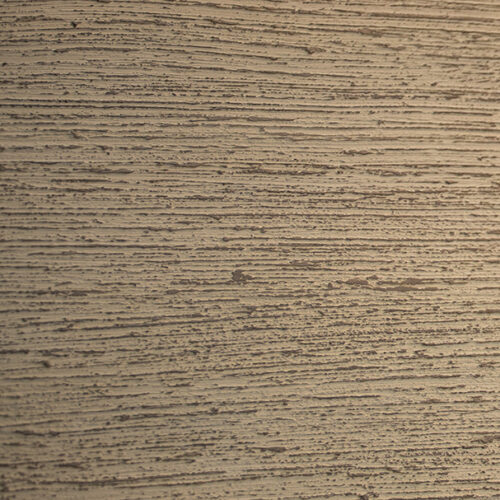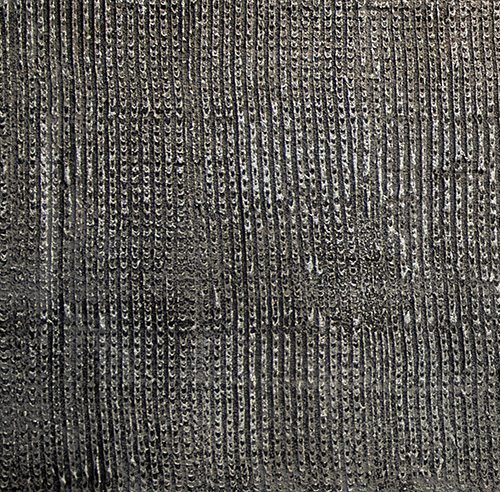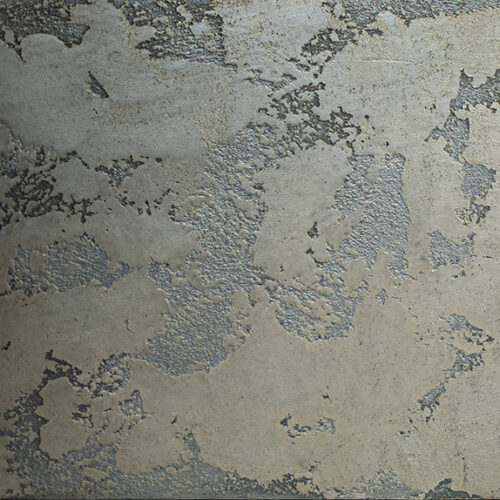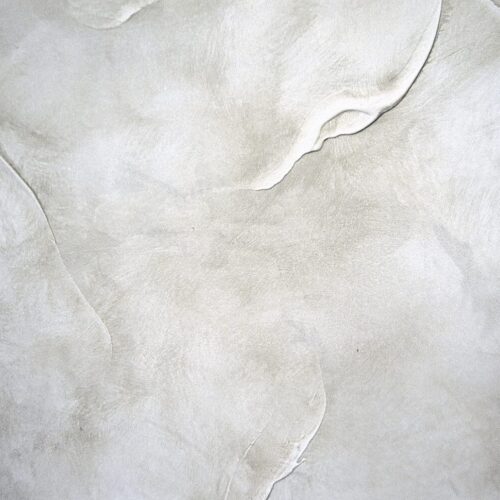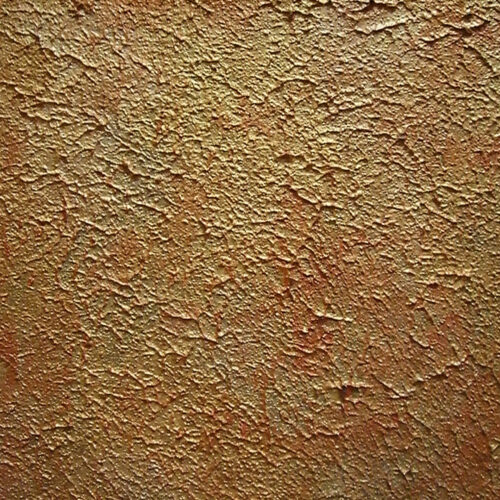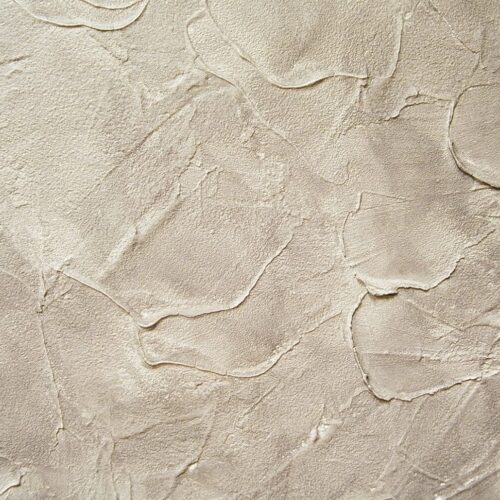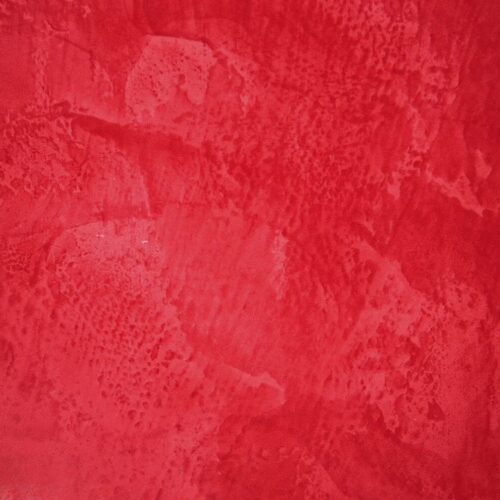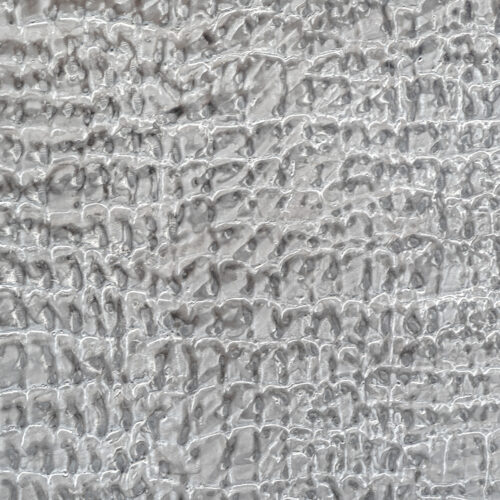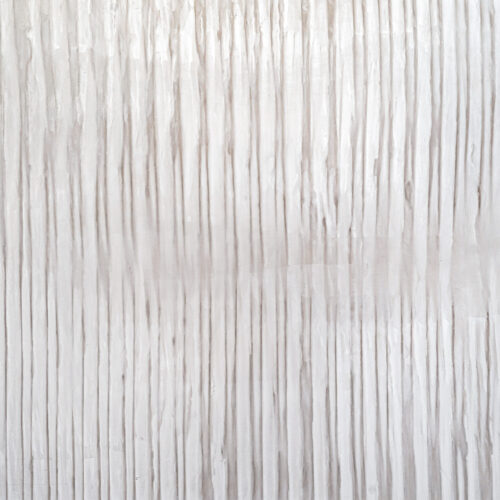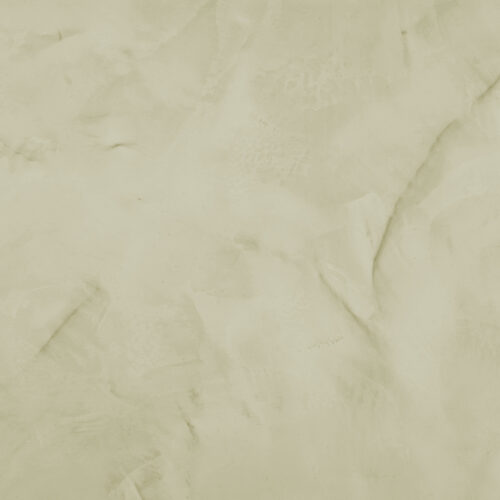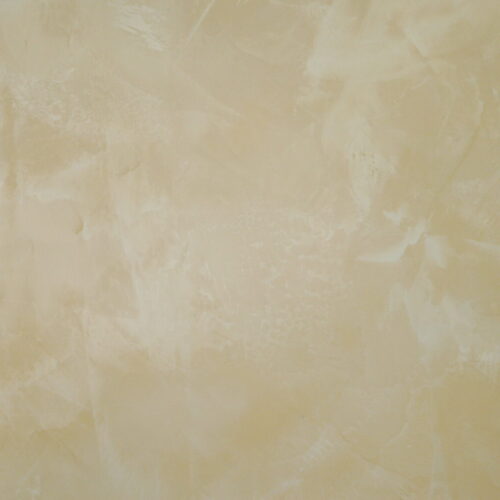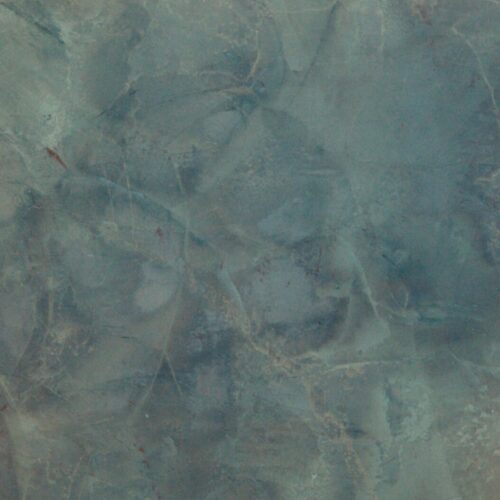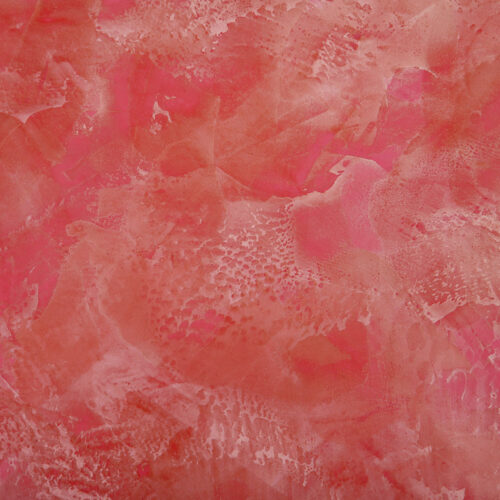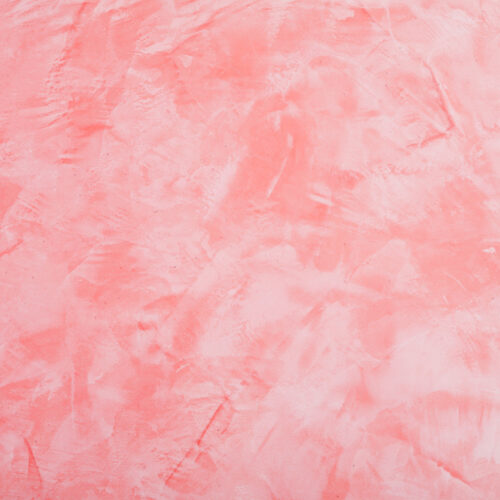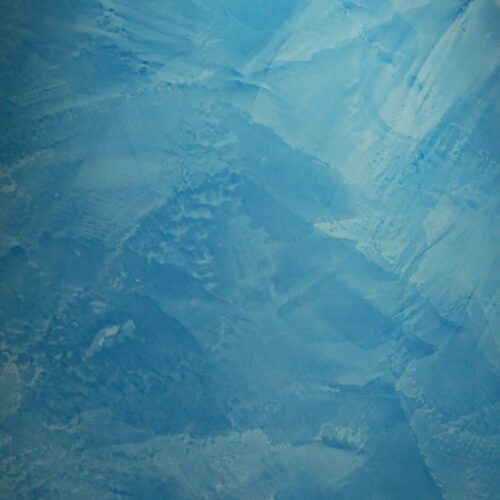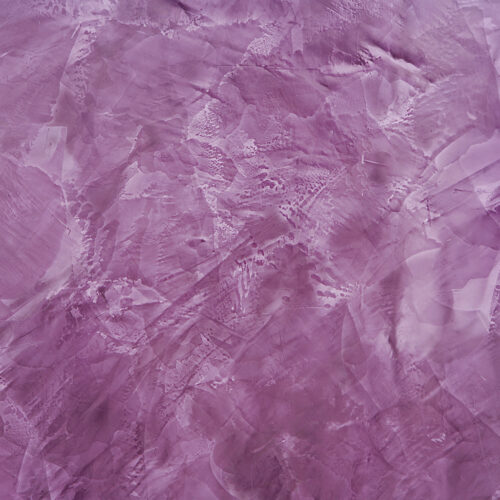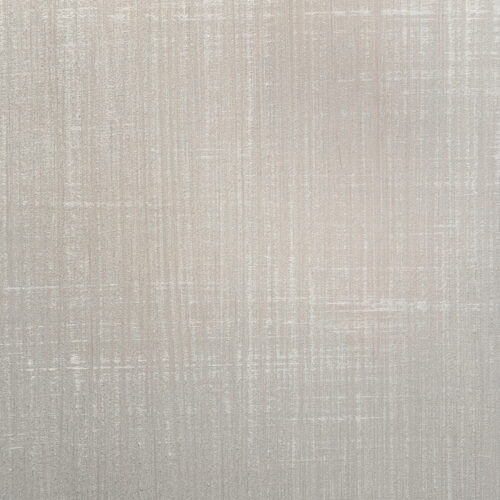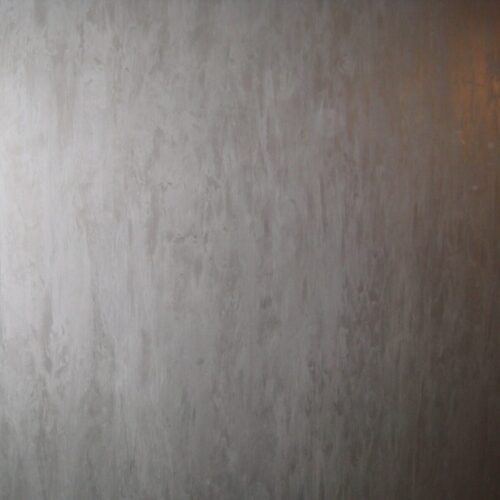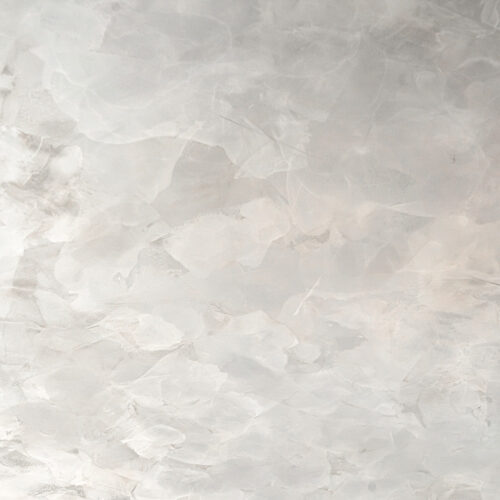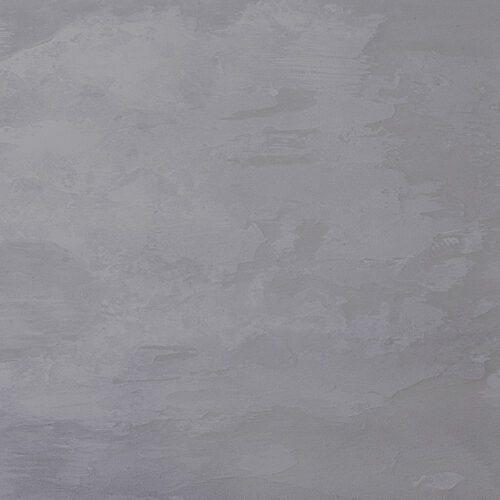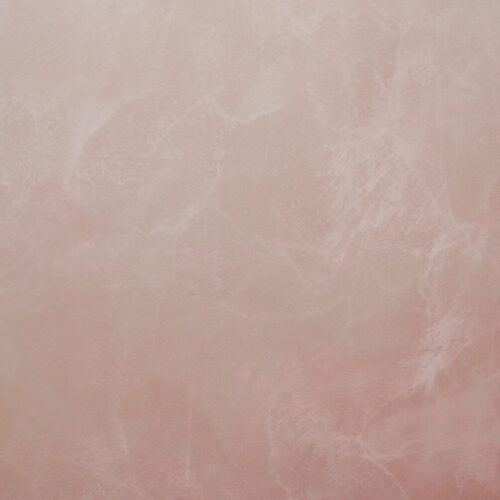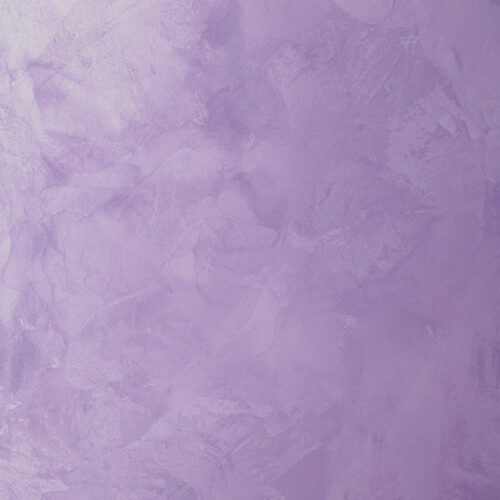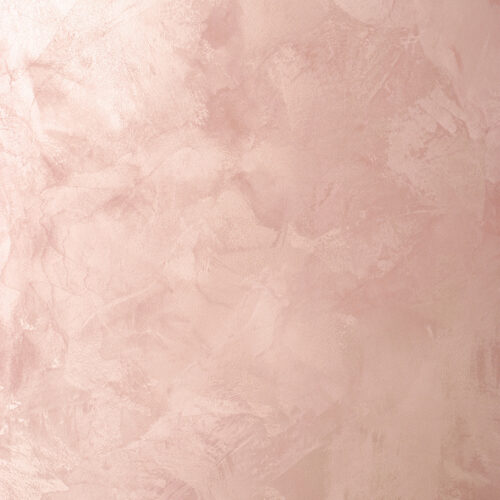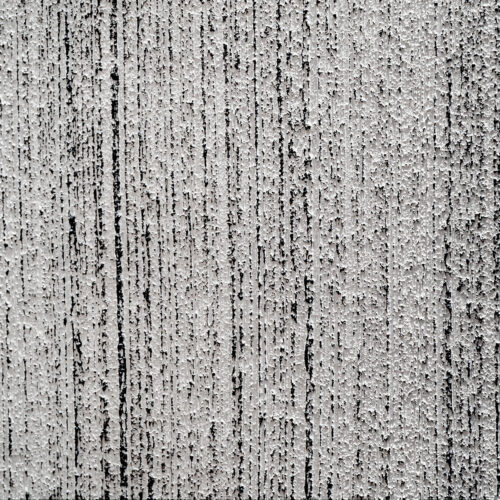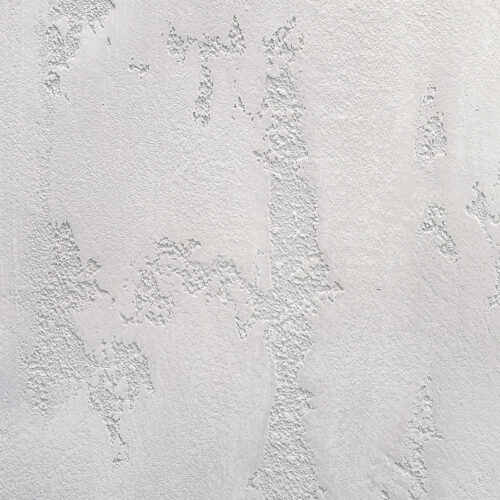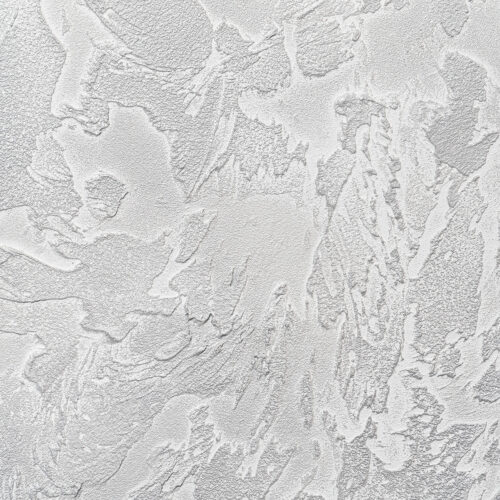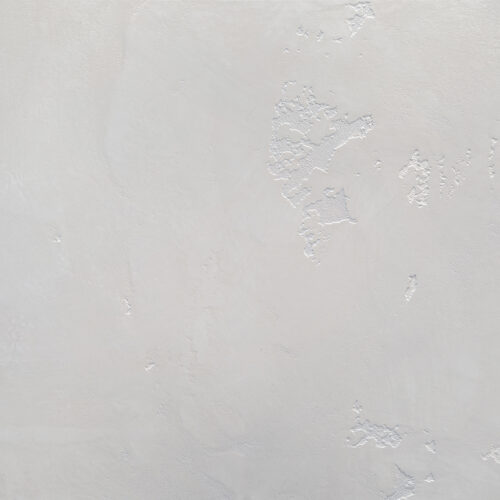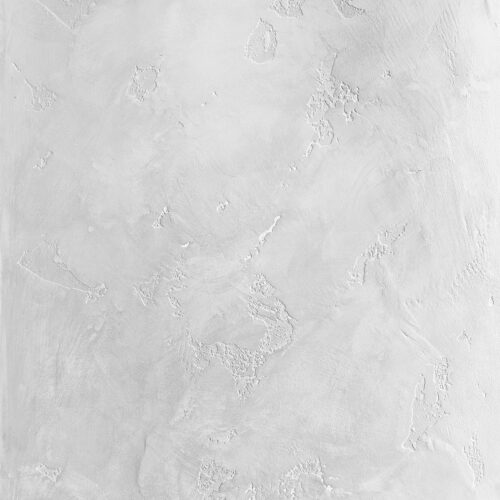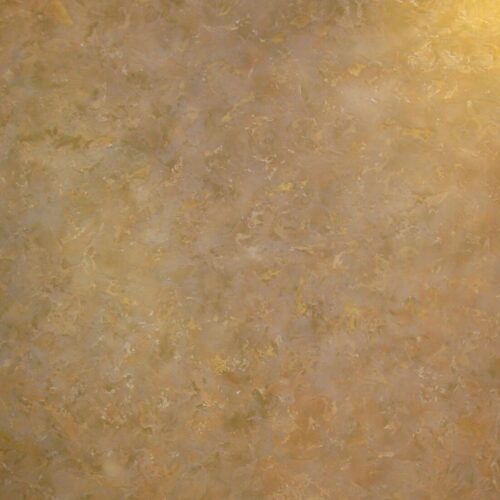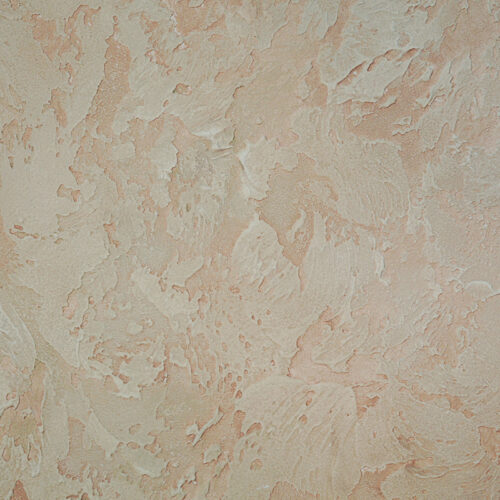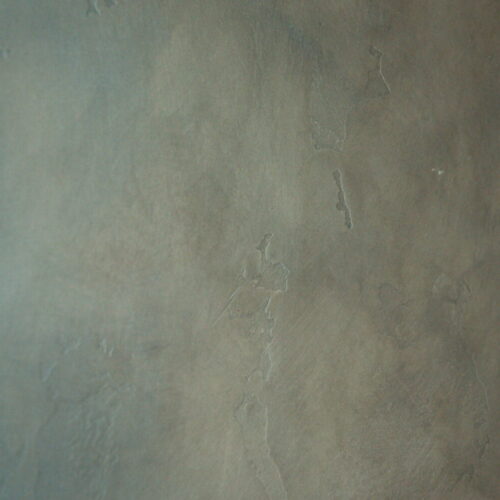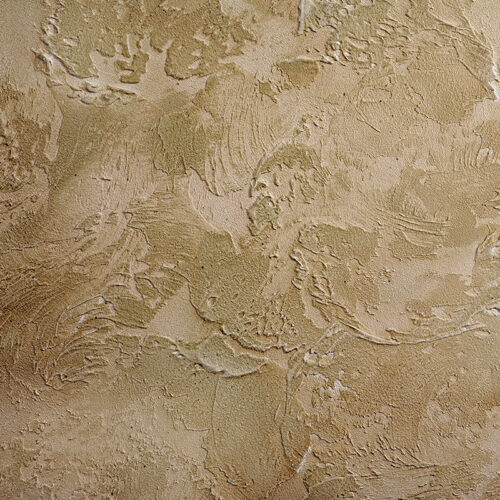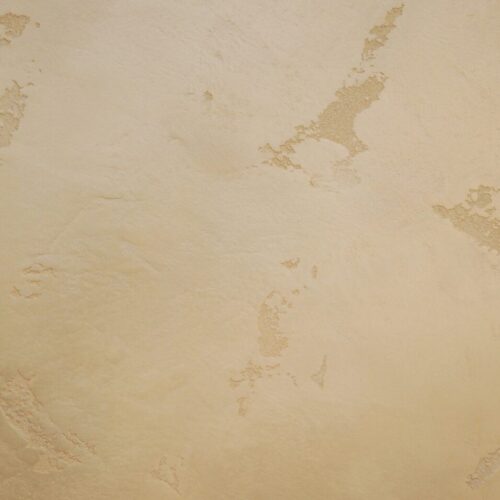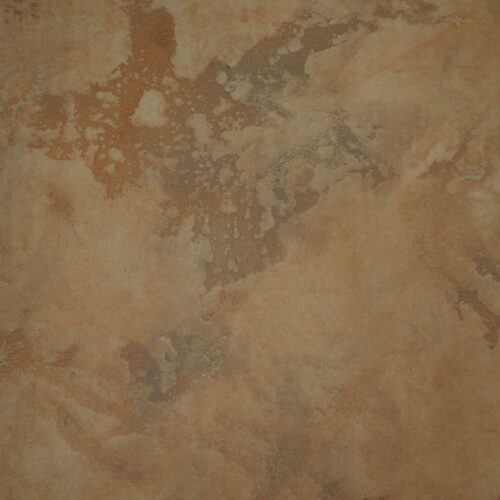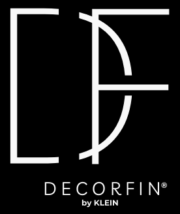Home » VENETIAN PLASTER TEXTURES
There’s a wide range of Venetian Plaster texture options for you to discover.
Take a look below and find the finish that suits your home improvement ideas best.
Custom Venetian Plaster Textures
Read More
For a one-of-a-kind look, we can create a custom Venetian plaster wall texture for clients upon request. Our bespoke
Venetian texture wall options make use of a combination of materials.
Venus
Read More
Offers a smooth Venetian plaster texture with a glossy finish and rich pigmentation
for an elegant and polished surface.
Notti
Read More
A subtle, matte and silvery texture with deep, moody tones for a
warm, sophisticated velvet look.
Marmarino
Read More
A Venetian plaster that provides a luxurious fine and matte effect.
Fondus
Read More
Offers a unique, rustic texture with earthy tones that
embodies natural elegance.
Toscana
Read More
This finish, with many colors and textures with which you can customize,
brings the essence of this historic region into your home.
Fill out the form below, and our team will get in touch to arrange
a complimentary in-home consultation. We’ll evaluate your space, discuss your vision
and recommend the ideal Venetian plaster options.
Fill out the form below, and our team will get in touch to arrange a complimentary in-home consultation. We’ll evaluate your space, discuss your vision and recommend the ideal Venetian plaster options.

